Breification 29: What is DeepFake & its Challenges?
What are Deepfakes?
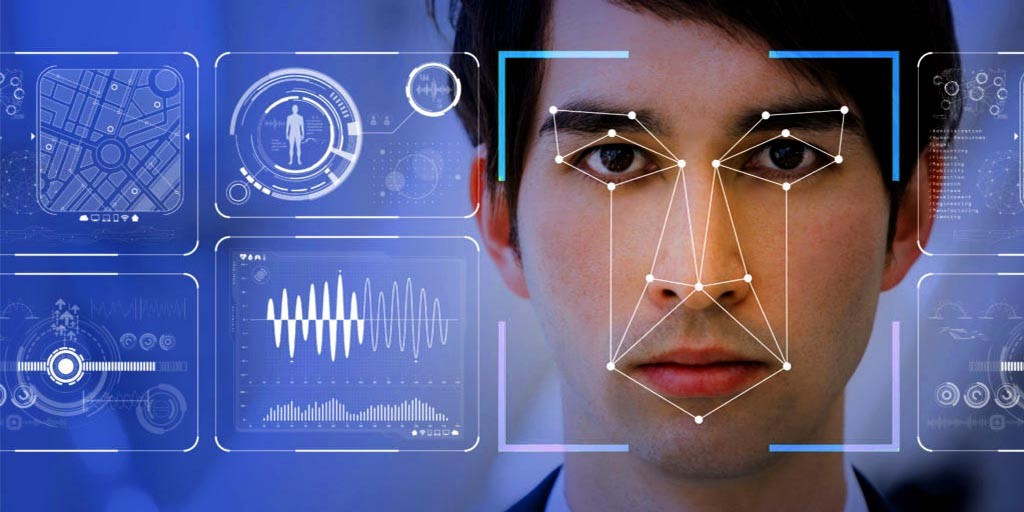
In recent years, the emergence of deepfake technology has sparked both fascination and concern across various sectors of society. Deepfakes represent a revolutionary leap in the field of artificial intelligence (AI) and have profound implications for media, entertainment, politics, and even cybersecurity.
Deepfakes are synthetic media created using deep learning techniques, particularly Generative Adversarial Networks (GANs). GANs consist of two neural networks: a generator and a discriminator.
The generator creates fake content (such as images, videos, or audio), while the discriminator evaluates it for authenticity. Over time, these networks improve their performance, resulting in remarkably realistic and convincing content.
The Dangers of Deepfakes
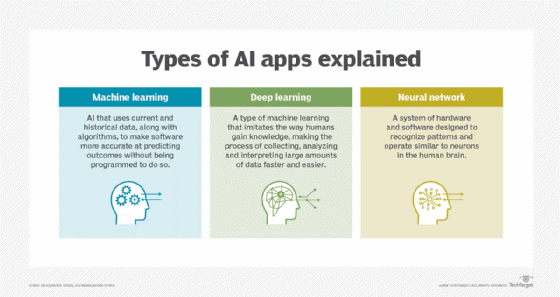
Deepfakes pose a number of dangers, including:
- The spread of misinformation and disinformation: Deepfakes can be used to create fake news stories or to spread misinformation about people or events. This can have a negative impact on public discourse and democracy.
- Damage to people's reputations: Deepfakes can be used to damage someone's reputation or to manipulate public opinion. For example, a deepfake could be used to create a fake video of a person saying or doing something that they never actually said or did.
- Increased crime rates: Deepfakes can be used to commit crimes, such as identity theft or fraud. For example, a deepfake could be used to create a fake video of a person authorizing a financial transaction.
Deepfake is a type of artificial intelligence (AI) that is used to create realistic-looking images, audio, and video hoaxes. It is a portmanteau of the words "deep learning" and "fake". Deepfakes are often used to manipulate or generate visual and audio content that can be used to deceive viewers.
Deepfakes are created using a variety of techniques, including machine learning, artificial intelligence, and computer graphics. One common technique is to use a deep learning algorithm called a generative adversarial network (GAN) to create a synthetic image or video of a person saying or doing something that they never actually said or did.
GANs work by training two neural networks against each other. One neural network, called the generator, tries to create realistic-looking synthetic images or videos. The other neural network, called the discriminator, tries to distinguish between real and synthetic images or videos.
Advantages of Deepfake Technology
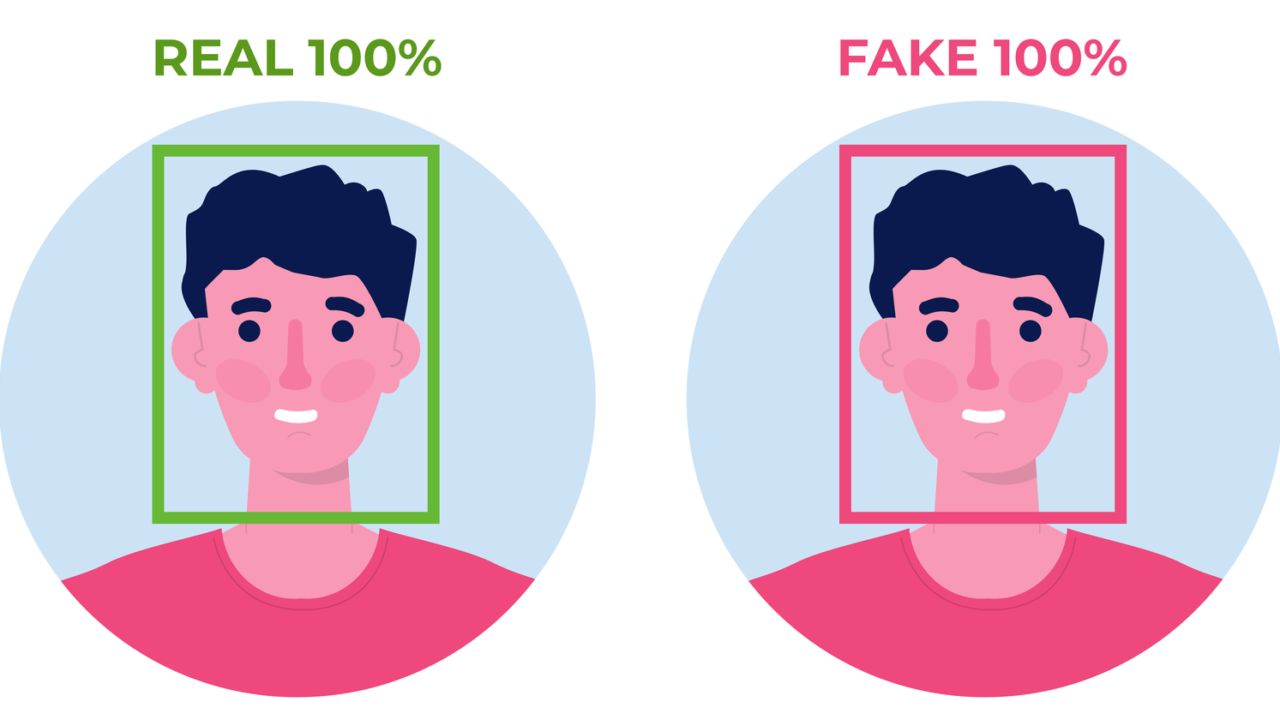
1. Entertainment and Creative Industries
Deepfakes offer immense potential for the entertainment industry. They can be used to bring deceased actors back to life in movies or recreate iconic performances. This can provide fresh, exciting content for audiences and potentially revive classic films and characters.
2. Cost-Efficiency in Film Production
Deepfake technology can reduce the costs associated with film production. For instance, it can replace the need for extensive makeup and prosthetics or hiring look-alike actors. This not only saves money but also expedites the production process.
3. Education & Training
Deepfakes can be used for educational purposes, allowing students to learn from historic figures or immerse themselves in realistic simulations. Medical professionals, for example, can practice complex surgeries without putting real patients at risk.
4. Research and Development
In research and development, deepfake technology can be utilized for simulating various scenarios, from climate models to engineering experiments, to understand potential outcomes and optimize solutions.
Disadvantages of Deepfake Technology
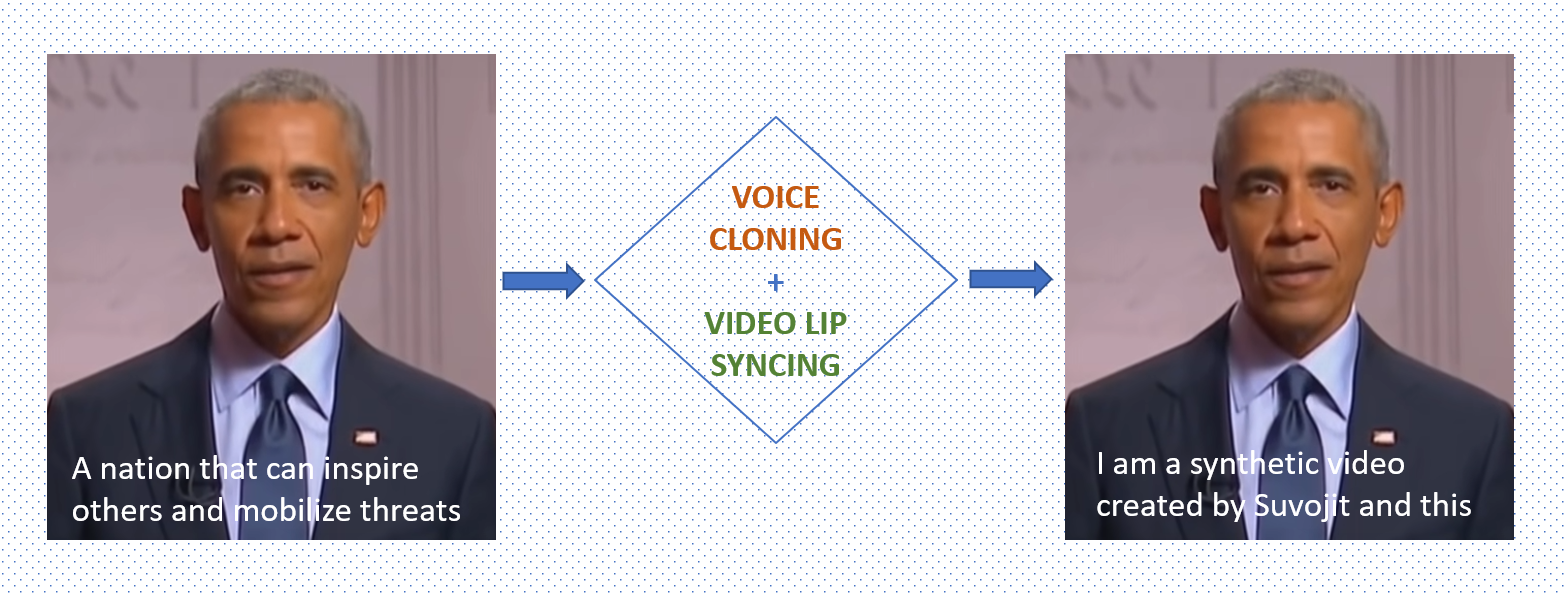
1. Misinformation and Fake News
One of the most significant concerns is the potential misuse of deepfakes to create convincing fake news and misinformation. Manipulated videos or audio recordings can be used to spread false narratives, sow discord, or damage reputations.
2. Privacy Concerns
Deepfake technology poses significant privacy risks as it can be used to create non-consensual explicit content featuring individuals who never participated. This can lead to personal and professional harm.
3. Identity Theft
Deepfakes can be used for identity theft, making it difficult to distinguish between real and fake online personas. This could be exploited for fraudulent activities or cyberattacks.
4. Ethical Dilemmas
Creating deepfakes without the consent of individuals raises ethical questions about consent and the right to control one's own image and voice.
Applications of Deepfake Technology
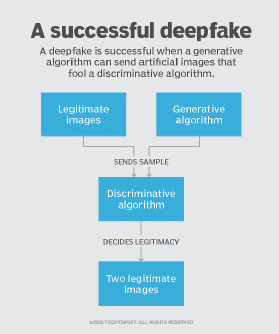
1. Entertainment
Deepfakes have found applications in film and television, creating realistic scenes and reviving beloved characters. For instance, in "Star Wars: Rogue One," deepfake technology brought the character Grand Moff Tarkin back to life, replacing the original actor.
2. Politics
Deepfakes have been used in political satire and parody, but they also pose risks in politics. Malicious actors can create convincing videos of politicians saying or doing things they never did, potentially influencing elections or public opinion.
3. Advertising
Marketers have used deepfakes to promote products and services, often featuring celebrities. These ads can be attention-grabbing but also blur the line between authenticity and manipulation.
4. Cybersecurity
In cybersecurity, deepfake detection is critical to identify forged identities and fraudulent activities. Deep learning models are being developed to combat the very technology they mimic.
Conclusion
Deepfake technology is a double-edged sword, offering both incredible opportunities and substantial challenges. While it has transformative potential in entertainment, education, and research, its misuse poses threats to privacy, security, and the authenticity of media and information. As society grapples with the ethical and regulatory aspects of deepfakes, it is crucial to strike a balance between harnessing their advantages and safeguarding against their harmful consequences.






